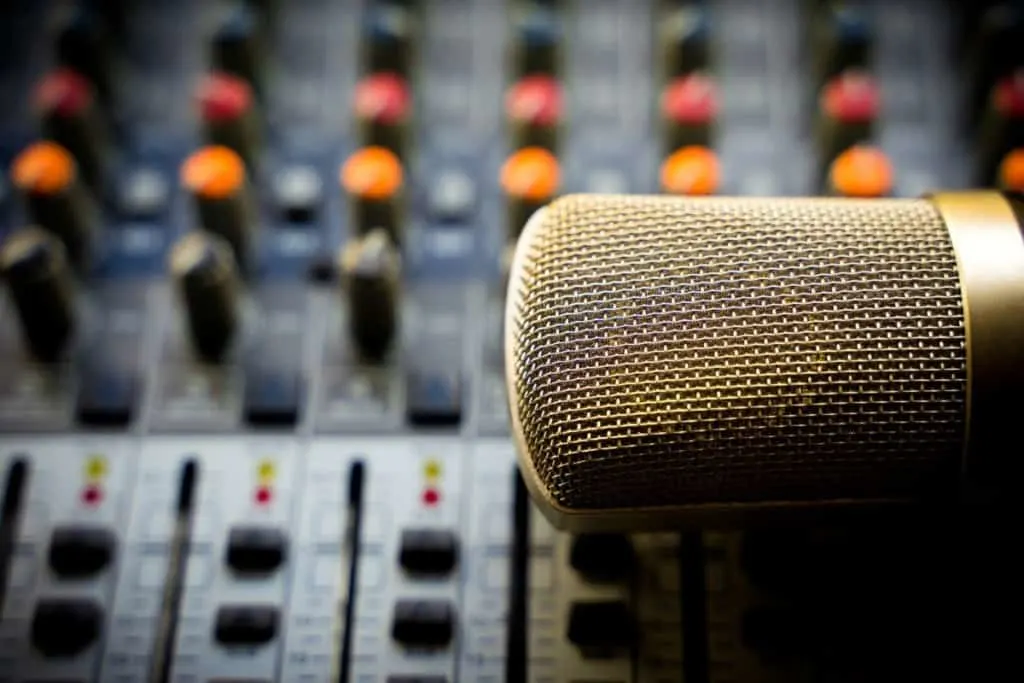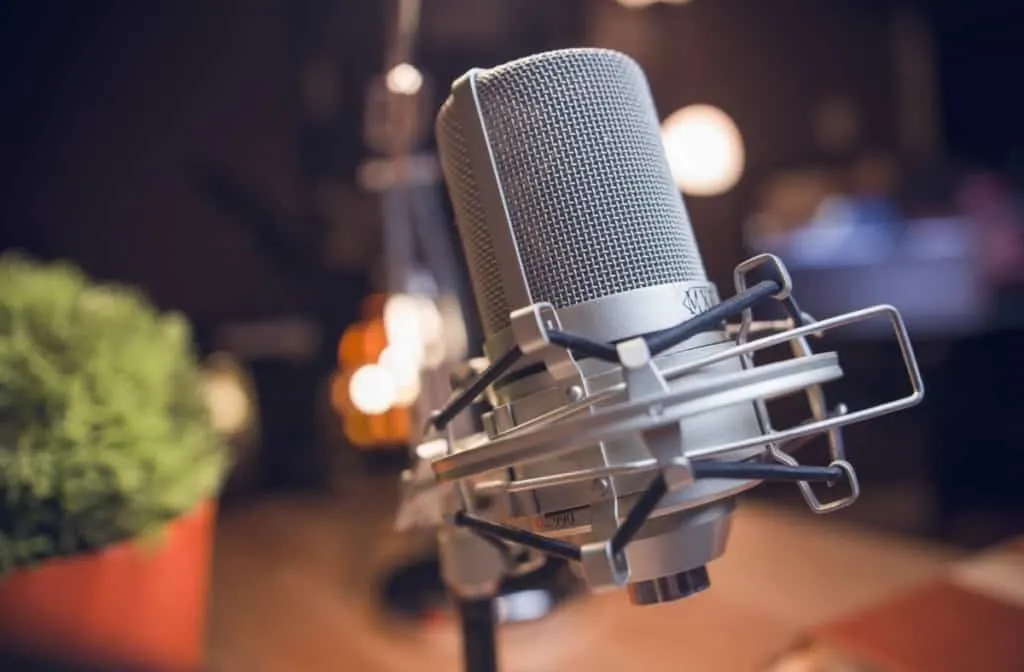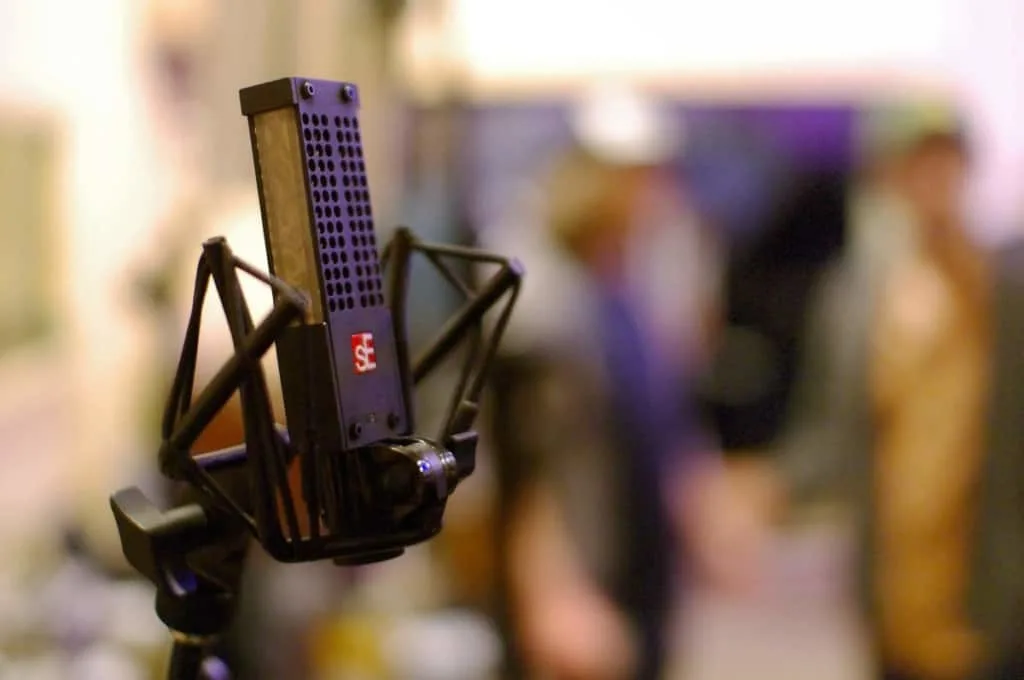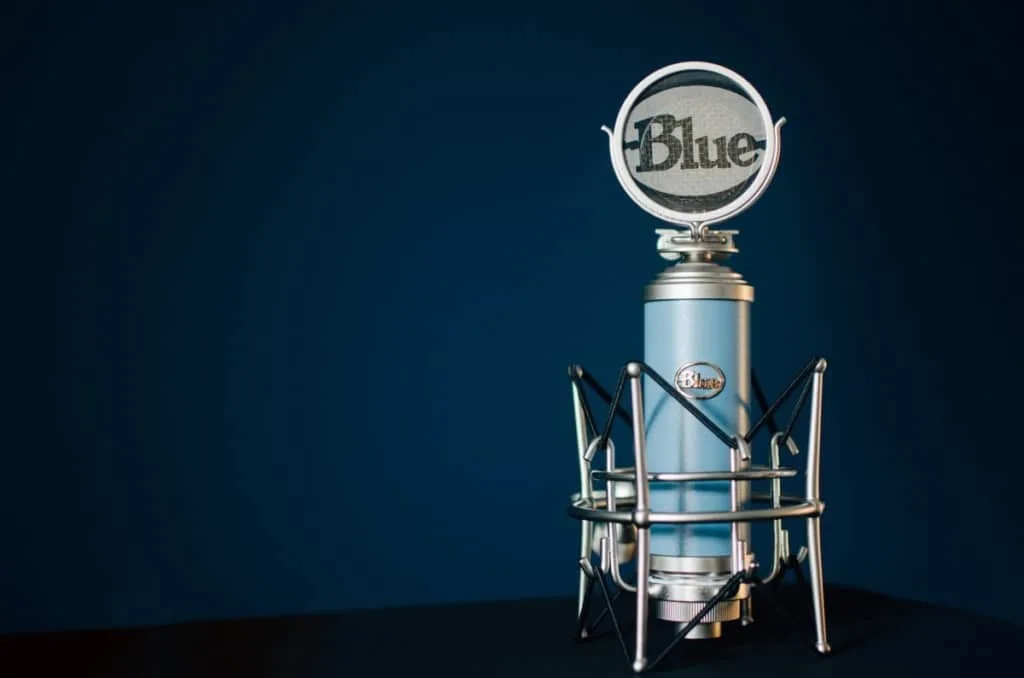Microphones are to a sound engineer close to 80% of his or her job.
They are the very tool that allows us to capture sound and make the magic of a moment be heard by millions of people. What if the microphone we are using to capture magic actually adds noise to the spell making the end result a crooked experiment?
Well, after fighting noise like a superhero for over 20 years I have a thing or two to share with you about microphone self-noise and how to avoid it. If you happen to be an ASMRtist, then pay special attention because this will benefit you largely.
So what exactly is microphone self-noise?
Microphone self-noise is the sound that comes from a microphone capsule when no sound source is being captured or recorded. This measurement is often indicated in decibels and measured by recording the microphone inside a sound-proof container. The result is the noise level that the microphone will add to the sound source.
Usually, as a common rule, the better the craftsmanship of the microphone you own, the lower the self-noise level should be. On the other hand, the higher the sensitivity of the microphone and the lower the volume of the sound source, the more problems you will potentially have with the self-noise level of a microphone.
Now that you know what it is, it’s time to learn how to stop it from destroying your recordings. Follow me in this crusade for better audio.

Let’s Talk Signal To Noise Ratio
What is the famous signal to noise ratio you have been reading everywhere?
Well, the measure is done taking into account the acoustic level of a (1) Pascal. This standardized world measurement is located at 94 dB at 1 kHz. So, if the self-noise level of a microphone is, let’s say, 14 dB then the signal to noise ratio is 80dB.
Now, this is a great scenario because a microphone with 14 dB of self-noise is a very quiet one.
Frequency Spectrum And Microphone Self Noise
This is a very important part of the explanation because the self-noise of the microphone is not perceived by the human ear as the same in every frequency.
The example of the Pascal measurement locates it at 1 kHz which means in the mid and mid-high frequencies. If the same noise level would be present at, let’s say 50 Hz then nothing would happen because it is not so present in our perception and you can very likely cut it off with a low-pass filter.
Now, when the noise level is up in our mid-frequency, we need to remove it somehow or it will ruin our takes.
Take a look at my video on self-noise here on Youtube! Please consider subscribing to the channel! It’s free to do so!
Translating To Decibels
Why is the signal to noise ratio translated into decibels?
Well, because it is the measurement for the audio sources. If you happen to be recording a very loud distorted guitar coming from a Marshall full-stack, then the self-noise of that microphone is irrelevant; there’s too much going on to notice it.
The more you have to crank the microphone to get audio out of it, the more problems you’ll have with self-noise.
Therefore, it is important to measure the decibels of your sound source when it’s time to capture audio. If you are going for ASMR, quiet instruments, voice-over scenes, whispering, or low-volume talks; then, you definitely need to have a microphone with low self-noise to capture it flawlessly.
If you are unsure what ASMR is here’s a quick example.
I have written an article on how to start your own ASMR channel. You can read it here.
Dynamics vs Condensers All Over Again
This is only to make something clear to all the microphone-lovers out there: Self-noise levels apply only to active microphones.
This means microphones that have phantom power running through them. For example, workhorses like your trusty Shure SM57s and SM58s will not be affected by this.
If you are unsure what phantom power is, then take a look at this article.
On the other hand, they will not be able to pick up the subtle sound nuances you will need if you were, for example, doing an ASMR video. So, if it is a condenser microphone, you need to check on the self-noise ratio.
- If you want to know more about Dynamic Vs Condenser microphones, check out my article here.
What Is A Good Microphone Self-Noise Ratio?
I would say that personally, I have a pre-established limit in this regard for microphones that I’m going to do vocals with. My limit is 74dB of noise to sound ratio. If you do the mathematics and measure it against 1 Pascal (94dB), the result would be a self-noise level of 20dB.
· ASMR and spoken word – These microphones should have a self-noise ratio above 80 dB to do the trick. The big difference in these genres and the rest is that you will very likely have to crank the microphone up and when you raise the gain, you also lift self-noise and that can be an inconvenience.
· Singers & acoustic instruments – For these endeavors I would say that you can settle with a little less and be around 78-74 dB depending on the volume of the sound source. If you have a powerful singer you can even let go a little. Same with the difference between fingerpicking subtleties and strumming choruses.
I don’t consider any large-diaphragm condenser microphone above 22-24 dB of self-noise worthy of studio work.

Differentiating Ambient Noise From Self-Noise
This is a pitfall I see a lot of people fall for.
Not every noise that you hear coming out of the speakers in the control room is microphone self-noise. There are many elements in that same chain that can be causing it. In fact, blaming microphones for noises in the signal should be your last option because there is less to be done in that sense and you can work with many other variables first.
For example, it is important to understand that you can be getting noises from the room you’re recording at, sound reflections from the walls and the ceiling, street noise, electrical current noise, and much more.
The best way to do it is to isolate the noise and listen to it carefully. If you crank it really loud you are usually able to distinguish with your own ears what it is. While self-noise is constant and monotonous, other sources have peaks.
Let’s Talk Preamp Noise
Environmental noise can be a disturbance to your recordings; the noise coming from the equipment itself is just as problematic.
If you are using a preamp to color the audio, you should bear in mind that you are adding another potential noise source to the signal. Simply disconnect it and go straight in with your microphone cable to the audio interface. If the annoying noise is gone, you know what to do.
How Much Does Source Volume Influence Self-Noise?
The final pitfall that I’ve seen countless people fall for is this: pay attention to the sound source volume! The louder the source, the more you can allow yourself to relax about self-noise and vice versa.
In fact, the relationship between the volume you get from the sound source and the microphone self-noise has to be the main reason behind microphone selection in all cases it can potentially be an issue.
The Critical Scenario: ASMR
This is, perhaps, the most critical scenario of them all.
ASMRtists need to engage the ASMR in their viewers and that requires no disturbances coming from the sound source. Zero self-noise is a chimera, something that doesn’t exist yet.
You can’t have zero noise on a microphone. Hence, what you should look for is using is the lowest self-noise microphones on the market. Most of the specific brands like 3DIO can help you in this search.
- Always look for 80 dB of noise to level ratio or higher.
My personal choice I use regularly for low self-noise recording is the Shure KSM32 Check out this microphone on Amazon.
Choosing Gear Can Be Really Hard!
Home recording requires a whole series of equipment, and it can be difficult to do the research to figure out exactly what to buy depending upon your budget.
I have written a complete guide to exactly which equipment you should get depending on your budget.

What Can You Do To Minimize Microphone Self Noise?
Now, once you are at it and need to work with what you have, here are the recommendations on how to deal with microphone self-noise efficiently.
DAW Tricks
For those who are not going live in their endeavors, there are several things you can do with your DAW to fix microphone self-noise:
· Cancellation with inverted phase – I am sorry for the title spoiler, but this trick is too good to tell it slowly. The idea here is that microphone self-noise is constant. As such, it can be canceled. I don’t know about you, but I’m a guitar player and owned a ton of strats in my life. Stratocasters have three single-coil pickups (magnetic microphones). Some brands route the middle one with an inverted phase and hence in positions 2 and 4 you have no 60-cycle hum because inverted phases cancel each other out. This works just like that. What you need to do is to copy the track and then make them sync perfectly. Then, just inverse the phase of the second and all the noise should cancel itself out. This will have an effect on your audio but it is very useful for those dead-air moments with your mic.
· EQ and filters – This is another one that is a little more drastic: apply an EQ where you feel there is microphone self-noise. What I do is record air for a minute and then with graphic EQ, I lift all the frequencies one by one until I find the one that carries the noise and kills it. I do this before compression and effects and everything else.

External Factors And Microphone Self Noise
Let’s note some of the things you can do to avoid noise from external factors:
· Avoid running power cables next to audio cables.
· Use a shock mount in every condenser. Read more on shock mounts here.
· Use high and low pass filters
· Double-check preamps
· Do proper sound treatment on the recording room
· Do not put microphones close to signal interference (cellphone chargers and such)
· Go for a dynamic microphone if the source is strong enough.
Final Thoughts On Microphone Self Noise
Noise is definitely our enemy as sound engineers. We battle against it day in and day out. A microphone with self-noise is like having an enemy infiltrated in one of our troops.
It is the centuries-old Trojan horse bringing amazing vocals and a load of noise along in its belly.
Choosing the right equipment for your recordings can prove to be a crucial ally in this struggle. Make sure that, if you are going to crank it, you are going to add gain only to the sound source and not grit to the overall result. If you can’t avoid it, just follow the advice above.
Happy (noise-free) recording!
